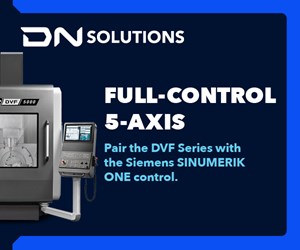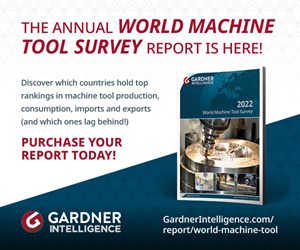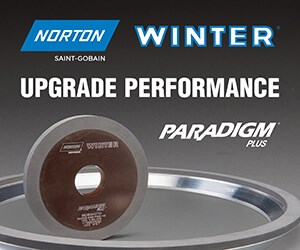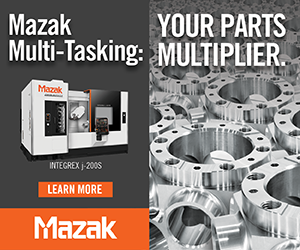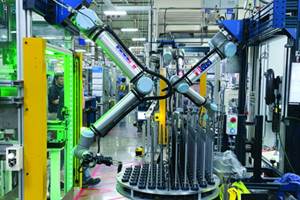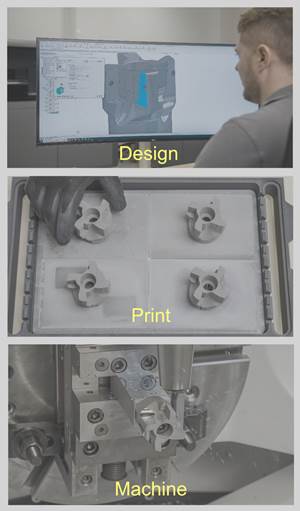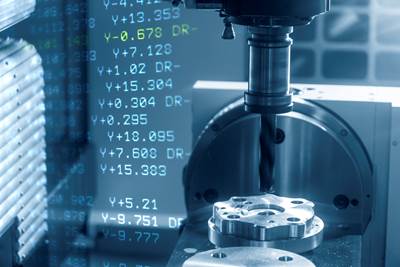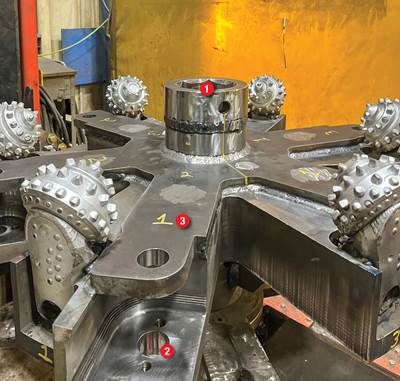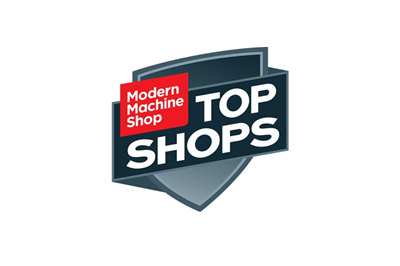United States Helps Drive German Machine Tool Sales
As Germany’s second-largest export market, the United States took delivery of 1.12 billion euros worth of German machine tools in 2017, which is up 20 percent compared to 2016. For incoming orders, the German Machine Tool Builders’ Association, VDW, is optimistic that the United States will follow a moderate growth path, thanks in part to the government’s tax cuts.
Days after President Trump’s inauguration in January 2017, Dr. Heinz-Jürgen Prokop, chairman of VDW, the German Machine Tool Builders’ Association, said that he believed the president’s initiatives to increase U.S. domestic production would have a positive impact on global machine tool sales as I noted in this blog post. Conditions one year after President Trump took office indicate that Mr. Prokop was right.
Per VDW, the German machine tool industry recorded a 4-percent rise in production output in 2017 compared to 2016, with production values reaching 15.7 billion euros. According to Mr. Prokop, one of the major drivers for growth was foreign deliveries. In 2017, 71 percent of machine tools made in Germany were exported, an increase of 8 percent as compared to 2016. While China remains Germany’s biggest export market, the Americas’ demand for German machine tools increased by 20 percent as compared to the previous years. The United States, Germany’s second biggest export market, took delivery of German machine tools worth 1.12 billion euros (up 20 percent compared to 2016). For incoming orders, Mr. Prokop is optimistic that the United States will follow a moderate growth path, also thanks to the government’s tax cuts. However, concerns about protective tariffs on imported goods and a strong euro remain, Mr. Prokop says.
Gardner Intelligence’s Gardner Business Index: Metalworking, which uses data gathered from U.S. operations, corresponds to the upswing mood in Germany. It suggests that manufacturers can expect continued industry growth with new orders exceeding production. The Metalworking Index posted significantly greater average monthly growth in 2017 than any other since 2011, which was a recovery year from the Great Recession.
For companies like cutting tool manufacturer Paul Horn in Tübingen, Germany, which has invested in production sites in the United States, this—combined with together with U.S. corporate tax cuts—is good news. According to Horn’s Managing Director Lothar Horn, who is also chairman of Germany’s VDMA Precision Tools Association, these tax cuts are a good incentive for local and foreign investment.
German precision tool sales (which include cutting tools, clamping technology and toolmaking) reflect this overall positive trend in U.S. manufacturing. Similar to the developments in the machine tool sector, German precision tool manufacturers generated a sales growth of 7 percent in 2017, Mr. Horn said, while exports grew by 13 percent. Exports of cutting tools to the United States grew by 4 percent, and toolmaking exports rose by a whopping 33 percent as compared to 2016.
For 2018, VDW and VDMA expect a growth in production of 5 percent, and both associations expect the automotive industry to remain a main driver for future growth, despite fears that the world is moving away from the internal combustion engine in the age of electrification. Mr. Prokop and Mr. Horn are convinced that the consumption of machine tools and precision tools will continue to grow. There are several reasons for that.
First, the reduced metal removal rates triggered by the age of electrification is offset by the global increase in the total number of passenger car registrations over the coming years, mainly driven by demand from China, the world’s largest car market, which is responsible for approximately 30 percent of global passenger vehicle sales, Mr. Prokop explains.
Second, the complexity of optimized combustion technology and the combination of combustion engines with electric drive concepts create an increased and different need for machining. Optimized internal combustion engines will lead to new developments such as variable-compression turbo engines to increase performance and efficiency. These complex engines need new parts that require machining. Even in the age of electrification, we will not be nearly as done with internal combustion engines as one might assume.
The automotive industry will increasingly require different, very precise and high-quality parts to meet the changing demands of future drive concepts, Mr. Prokop and Mr. Horn say. For instance, gearboxes will have to be designed to meet the industry’s demand for reduced noise emissions and components will have to be much more wear-resistant to respond to sudden loads, as when switching from the electric drive to the internal combustion engine at high speeds. Brakes will require a sturdier design due to increased weight caused by the additional battery, and we will see a wide-scale need for turbochargers. Finally, we will have to develop new production and machining concepts to manufacture the increasing amount of electric drives including all necessary components.
Related Content
4 Steps to a Cobot Culture: How Thyssenkrupp Bilstein Has Answered Staffing Shortages With Economical Automation
Safe, economical automation using collaborative robots can transform a manufacturing facility and overcome staffing shortfalls, but it takes additional investment and a systemized approach to automation in order to realize this change.
Read MoreSolidCAM Wants to Help Machine Shops Get into Additive Manufacturing
SolidCAM's partnership with Desktop Metal is aimed at making additive manufacturing more accessible to job shops and other manufacturers.
Read MoreSiemens and Mahle Partner to Develop Wireless EV Charging
Mahle will contribute its experience as an automotive supplier and Siemens will use its expertise in the field of charging infrastructure to develop wireless charging stations for electric vehicles.
Read MoreArch Cutting Tools Acquires Custom Carbide Cutter Inc.
The acquisition adds Custom Carbide Cutter’s experience with specialty carbide micro tools and high-performance burrs to Arch Cutting Tool’s portfolio.
Read MoreRead Next
3 Mistakes That Cause CNC Programs to Fail
Despite enhancements to manufacturing technology, there are still issues today that can cause programs to fail. These failures can cause lost time, scrapped parts, damaged machines and even injured operators.
Read MoreThe Cut Scene: The Finer Details of Large-Format Machining
Small details and features can have an outsized impact on large parts, such as Barbco’s collapsible utility drill head.
Read More


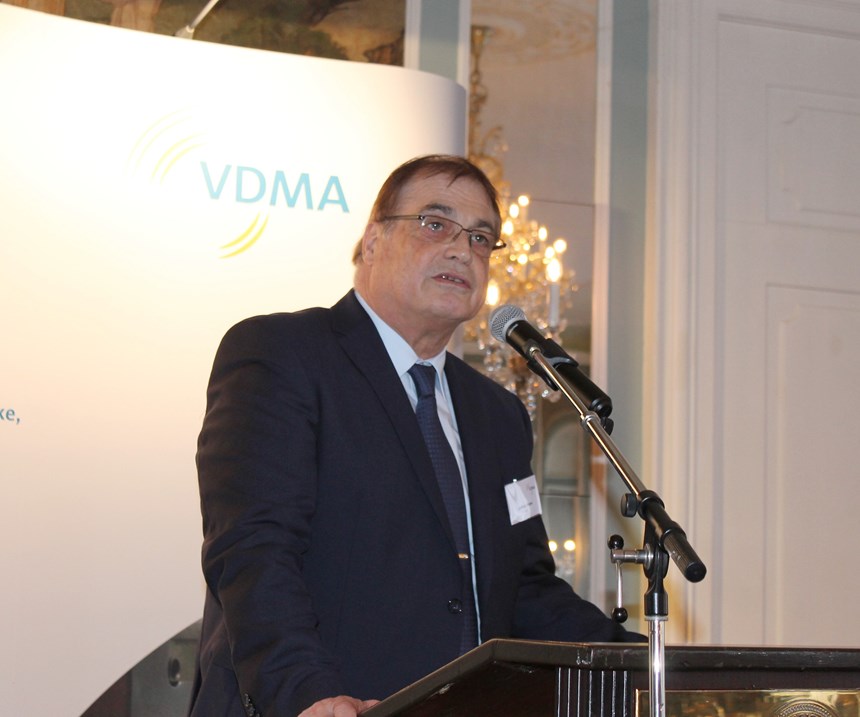

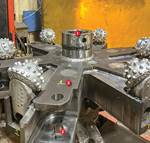

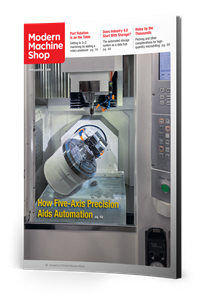


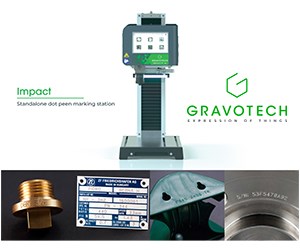



.png;maxWidth=300;quality=90)


